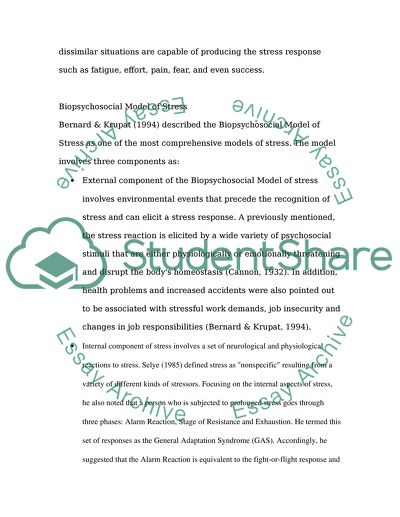Cite this document
(“Stress Theories Essay Example | Topics and Well Written Essays - 2000 words”, n.d.)
Retrieved from https://studentshare.org/psychology/1511239-stress-theories
Retrieved from https://studentshare.org/psychology/1511239-stress-theories
(Stress Theories Essay Example | Topics and Well Written Essays - 2000 Words)
https://studentshare.org/psychology/1511239-stress-theories.
https://studentshare.org/psychology/1511239-stress-theories.
“Stress Theories Essay Example | Topics and Well Written Essays - 2000 Words”, n.d. https://studentshare.org/psychology/1511239-stress-theories.


